
Marco Brambilla through January 15, 2025
bitforms gallery | 131 Allen Street
Debuting less than two weeks after the election polls closed, Marco Brambilla's Limit of Control, 2024, plays as prescient commentary—or, maybe, like a cinematic trailer of what's to come. News channel talking heads, flags, marches, mass protests, riot police in formation, politicos at podiums, sirens, gunshots, mass arrests, smoke, ticker-tape confetti, smashed glass, car crashes, and fire: this traces, more or less, the choreographed frenzy and crescendo of violence that the Italian-born Brambilla packs in the three-minute title work of his new show.
Shown across two massive screens in the narrow corridor of the gallery, you have no choice but to get up close to the projected expanse and its onslaught of images. Brambilla doesn’t make political prognostications nor does he moralize. Instead, he accumulates and collates clichés of moving-image storytelling so that we see them anew, concentrated in all their affective and manipulative glory. He cuts together more than 1,600 clips, sourced from his vast archive of digitized Hollywood and other movies, into these 180 seconds. The resulting video is at once maddening and seductive, like an annihilating orgasm of cinema.
Brambilla calibrates his spectacles for maximum sensory impact but the intellectual and technical machinations whirring in the background are equally worthy of attention. The promotional copy for the show prominently notes the use of artificial intelligence (A.I.) across Brambilla’s work. The longer two-channel work uses A.I. for its initial title sequence, where the words “Limit of Control” emerge from a shot of immense waves swelling and crashing below a blue and cloudy sky. (“Limit” forms from clouds, as “Control” emerges from white sea spray and foam, in a manner that made me think weirdly of J. M. W. Turner’s late seascape paintings.)

The effect is ostentatiously artificial, but what follows looks more like the product of many, probably hundreds, of hours of intense editing, of choosing and rhythmically juxtaposing like moments, creating the sensation of continuity across innumerable intercut sources. A.I. is used to tonally match the stitched-together sequences (so that blues and reds predominate), to smooth transitions between frames, and for the soundtrack. While the clips are sourced from works of fiction, the soundtrack incorporates audio captured at actual protests, cut and chopped into a thumping techno theme befitting a Michael Mann-directed action film. In this central work, the directorial role hasn’t been ceded to a machine, Brambilla clearly remains the overseeing auteur.
Brambilla’s video launches his spectator through extreme G-forces of information acceleration. He began developing this method with his "Sync" series, 2004, (which predates Christian Marclay’s The Clock, 2010, now on view at MoMA) when the artist spliced together up to 12 shots per second, in a triptych of videos isolating fights, sex scenes, and audience reactions, into each respective film. The last one is the most haunting of the three, culminating in numerous quick cuts of ecstatic standing ovations to uncanny, horrifying effect. In this work, Brambilla anticipated the rise of the “supercut”—compilations of video clips that highlight a repeated or formulaic phrase or action—an Internet genre made possible by YouTube, which launched in 2005.

In the front room of bitforms gallery, viewable from the street, Limits of Control (prompted), 2024, plays. It’s a radical edit or remix of the two-channel main event further back in the black-box space. This reworking heavily utilizes A.I. to condense its source into a film that runs at less than half the original’s length. In the process, narrative and visual distinctions become unhinged and break down. In the most memorable sequence, a figure who starts out as a fireman with a helmet and oxygen tank appears to morph into a cop, and then into an antifascist, black bloc activist. The computational “intelligence” can’t distinguish between helper, enforcer, and agitator, and instead conflates and enfolds them all into one nonsensical form. Similarly, a police vehicle glitches out and evolves into a wonky helicopter.
Brambilla’s indexical method had me thinking about Fiona Banner’s performance document, The Nam, 1997, which reproduces, as an artist’s book, her typed account of an 11-hour, seemingly continuous screening of six Vietnam films, from Apocalypse Now to Platoon, in a thousand pages of unbroken text. Banner’s work is as fitting a history of that war in the American imagination as any historian’s tome. In the language of A.I., Banner “trains” herself on a particular group of films. Brambilla’s project similarly takes an essentially anthropological tack by using a set of computer programs to radically scale up the quantity of analyzed cultural artifacts—movies with scenes of mass protest and political rallies. As a result he makes one of his own: an ultimate, if monstrous, filmic creature.

The exhibition is well-suited for reflecting on our political moment, particularly, how it will be mediated, manipulated, and distributed for consumption on screens large and small. It also offers an exceptional opportunity for seriously thinking about both the possibilities and the very real limitations of using A.I. for artmaking. The relative narrative complexity and coherence between the two video works—Limit of Control and the shorter Limit of Control (prompted)—reveals the difference of the particular intelligence of an experienced artist, making compositional and editing decisions, versus the creative choices made by a machine.
What’s most brilliant here is Brambilla’s play with artistic control. He makes one work that uses A.I. but isn’t about A.I. And then by pushing the software’s absurd and surreal outputs, makes another that is. He has his hand always on the dial and is willing to sit back with a laugh—or in disbelief—at what happens when he turns it too far.
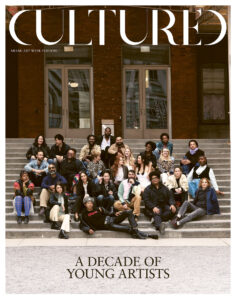


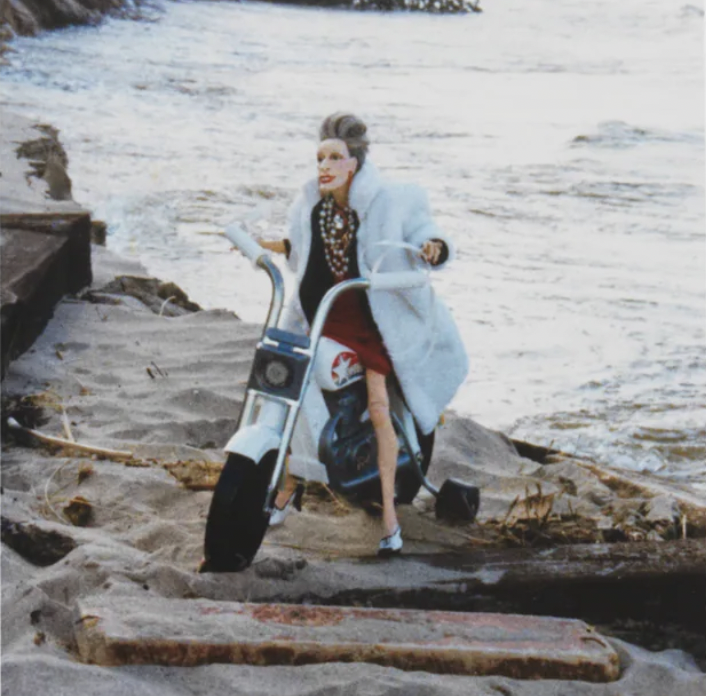

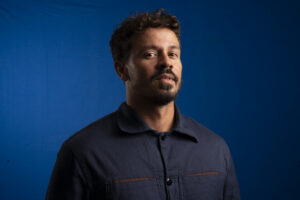
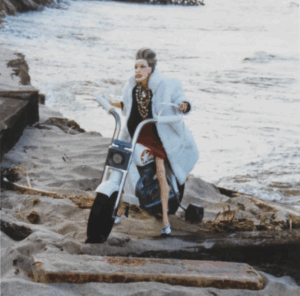

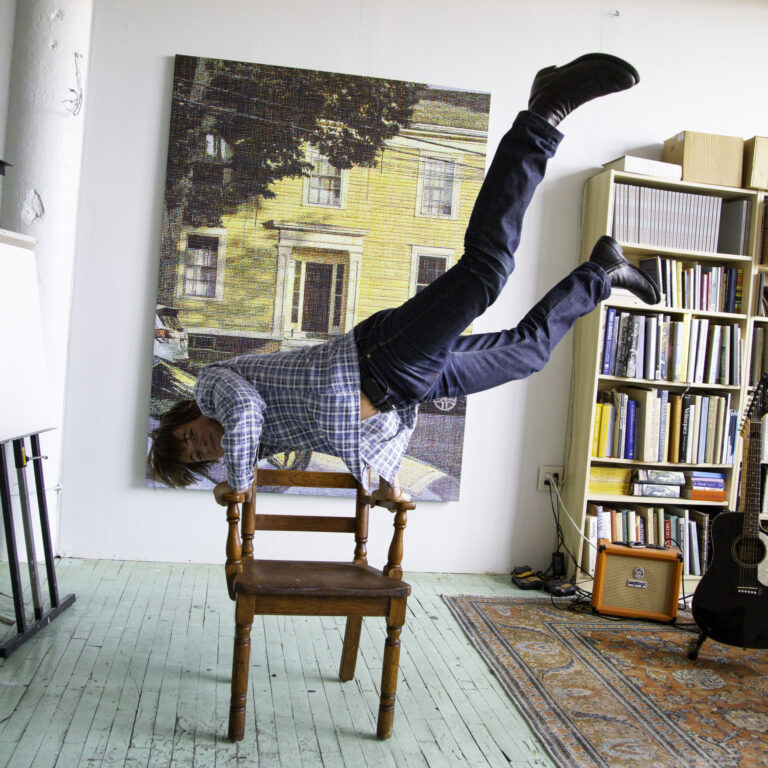

 in your life?
in your life?

